Scotch Whisky: Blagging It.
let’s begin
Drinking Scotch whisky as an amateur among professionals, what a ball that is.
People chink glasses, confidently swig the stuff and grunt about it with clarity reminiscent of Freemason membership.
Here’s a simple, Ikea level difficulty guide, to get you in the club. Turn up, without a print-out, and you will be flying in no time.
Nail the history
This is where you can get ahead of even the most seasoned drinkers. You don’t even have to care about flavour yet, just tartan and things.
Thanks to the fact that most whisky was initially produced either drunkenly or illegally, we don’t even need to be specific, because the record-keepers were either sloshed or in jail.
So, no one is entirely sure where the first expression (‘batch’ to you and me) of Scotch was produced, but it was probably Glenlivet. That’s a bit of a Carlsberg ‘probably’, but we’ll take it.
Next, whack out your Excise Act knowledge. Passed in 1823, the act permitted small distilleries to run at a reduced tax rate. While this could be seen as a generous business gesture by the government, it is more likely the official record of a ‘spin on that, smugglers’ gesticulation.
Another cracking bit of history is that, after Henry VIII helpfully dissolved all the monasteries, many monks were forced into illicit whisky production. This seems a fine way of dealing with the days before ‘persistent lad’ and ‘king’ were mutually exclusive roles.
Don’t muck up your malts
You know when you’re willing to buy your boss any whisky, any whisky at all, to congratulate him on his new child (Porsche), round about payrise season?
Underpaid us: Name your blend.
Boss: More of a single malt man, myself
Underpaid us: Single malt man…comedian….one and the same…
Even us amateurs know that single malts are PRICEY BUGGERS. However, this doesn’t mean they are automatically better. Here is how to explain this to your employer;
A single malt is simply a whisky which has been made in one distillery, although not necessarily one cask.
Meanwhile, blends can cocktail various malts together, from different distilleries.
That’s it! Which you choose to drink is down to personal preference, and not a compromise in quality. Some people prefer blends. Make sure you work for these people.
Catchment Areas
Generalising Scotch as ‘Scottish’ is like calling Africa a country. Everyone will justifiably think you’re an idiot.
Scottish whisky falls into several regions; the Highlands, Lowlands, Speyside, Islay and Islands. Acquaint yourselves with each of them, and if the whisky career falls through, there’s always D of E.
Highlands
Covering a lot of north, west and even east Scotland, ‘small’ would be a rogue adjective to use about the area when trying to wow the whisky crowds.
It follows that there are a lot of distilleries in this area, including big players such as Glenmorangie, Aberfeldy and Dalmore.
The Highlands are big enough for whisky flavours to differ quite considerably, but you won’t go far wrong expecting something smooth and fruity, with punches of smoke increasingly injected as you head north.
Stop taking notes…just drink some.
Lowlands
Luckily, amidst all this drunkenness, logic prevails and Lowland whiskies do tend to be softer than their Highland counterparts. Some drams are even known as the Lowland Ladies for their delicate taste. This doesn’t mean you have to own gel pens and a Mis-Teeq album to drink them. Delicate whisky is fine and even floral,but not twee.
This area covers Edinburgh and Glasgow, but there are only three distilleries here now; Auchentoshan, Glenkinchie and Bladnoch. All of these are south of the Highland ones. They’re also pretty damn good.
Speyside
Home to Glenlivet and Macallan, this eastern pocket of Scotland is prolific in the whisky world. It’s also a great place to start if you’re not sure you like whisky yet, but definitely like photography or swimming.
Typical flavours are sweet and fruity, so if in doubt just say ‘mm, fruity’ or ‘oh how sweet’ and you’ll either be praised for your knowledge of whisky, make a close new friend, or worst case scenario, discover the ins and outs of a restraining order.
islay
Islay malts have welly, so if you want to dive in the deep end, head here. Smoke and peat marry to make you an instantly hardcore drinker. Laphroaig, Bruichladdich and Bowmore all set up camp here.
NB: Don’t ruin your new street-cred by skipping around saying ‘I went to Iz-lay’ like an excitable American let loose in Birmingham. Islay is pronounced ‘Eye-la’, and the locals do mind.
Islands
Arran, Mull, Jura, Orkney and Skye make up the whisky professionals in the island stakes.
Individualistic malts hail from these sea-hemmed lands, ranging from feathery citrus notes to harangues of peaty smoke. For the latter, pay a visit to Talisker on the Isle of Skye, whilst Tobermory on the Isle of Mull provides sugar and spice and all things nice.
The big faux pas for the amateur to avoid here is to think that Highland Park is situated in the Highlands. That would ruin everything, especially your chance of making friends in Orkney.
Do whatever you want
Drink whisky however the hell you like. If this means adding water to your dram, so what? It took zorbing to a whole new level, why not whisky?
Some professionals believe that adding water to whisky releases the flavours, whilst others prefer it straight. This debate among the elite means that, as an amateur, you can’t lose. Unless you bring a bottle of diet lemonade, they you probably can.
Mix your match
There might be snobbery around whisky cocktails, but the idea is still to enhance the spirit, not to cover it up. Grab this creative license, and run like the wind.
Play around with flavours. Be that guy with the cinnamon stick or rosemary sprig. You can always pretend they’re medicinal.
Get a grip on glasses
Apparently it is very important not to drink whisky from a glass with straight edges.
WAIT, DON’T RUN AWAY AT THIS RIDICULOUS AND DEMANDING PREREQUISITE.
Whilst ‘glass gradient’ might, and does, sound stupid, softer edges will allow the whisky’s aromas to delight your nose more easily. Half the taste is in the smell, after all.
Saying this, don’t run around dismissively smashing glasses on the basis that they’re too angular.
Don’t down it
However bad your day has been, try not to knock your whisky back in one.
Whilst ‘nosing’ whisky might sound like a sure-fire way to get stabbed by the ale drinker next to you, it’s a vital part of tasting the spirit.
Just take short sniffs, with your mouth open, moving the glass slightly closer to your nose as you do so. This kind of behaviour can easily pass as stress, or a cold, to the untrained eye.
Storage
You got it, a cool dark place. Don’t shove it away with your ex-girlfriend’s belongings, but do keep it away from the new one’s sunbed.
Storage
You got it, a cool dark place. Don’t shove it away with your ex-girlfriend’s belongings, but do keep it away from the new one’s sunbed.
Lingo
Jargon is probably the easiest way to fake it until you make it.
Nose: It means smell, stick your oar in and get a whiff.
Notes: Different elements that make up the flavour. Flavour’s children.
Legs: The length of the strands of the whisky that run back down the glass after you’ve sipped from it. The longer the legs, the stronger the whisky.
Angel’s Share: A poetic description of the stuff that evaporates – about 2% of the whisky disappears during maturation.
Dram: A measure of whisky.
Hog’s Head: A 250 litre cask which whisky is left to mature in/ the conception point of a wonderful party.
Quaich: A traditional two-handed drinking bowl, often used for passing around at highland gatherings. Bet you’re glad you finally know what that thing’s called.
Usige Beatha: The Gaelic for whisky, meaning ‘water of life’, or whatever you want it to after a few drams.
Colour your way to the top
Colour is another great key into the whisky world. Invest in a Dulux colour chart, memorise the browns, and you’ll be able to do this the barman pours the drink into your softly-edged glass;
‘Candied Caramel you think? I’d say this one’s more of an Autumn Amber, or perchance a Saffron Butter?’
Voila. You’re a god.
Just avoid classics like ‘Bagel Whisper’ and ‘Congo Suntan’, then you will be rumbled for the paint expert that you are.
Spelling it right
If all else is lost, grab the handcuffs and be the spelling police. Whisky without an ‘e’ is used to describe Scotch, whilst ‘whiskey’ is use to denote Irish and American versions of the spirit, and is therefore wrong in this context.
Don that red pen and show those e-happy kids what you’re made of.
Follow all of these steps, and you will con everyone into thinking that you know what you’re talking about.*
*At the very least you will a tad inebriated so you will mistake the mocking laughter for applause






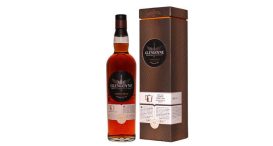

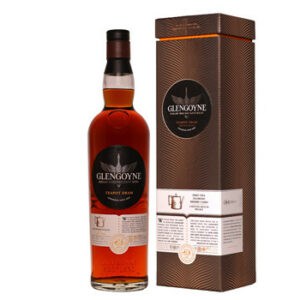
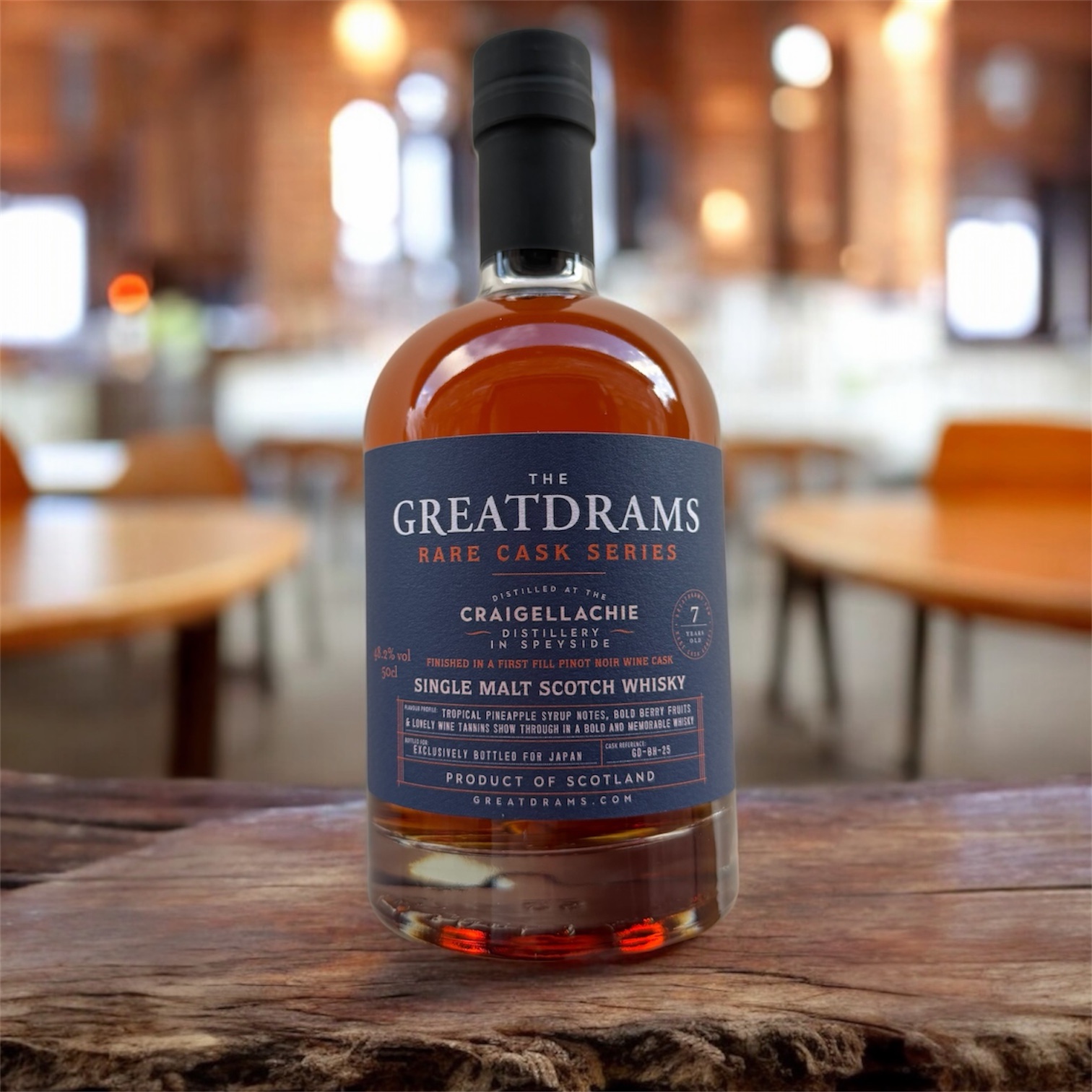
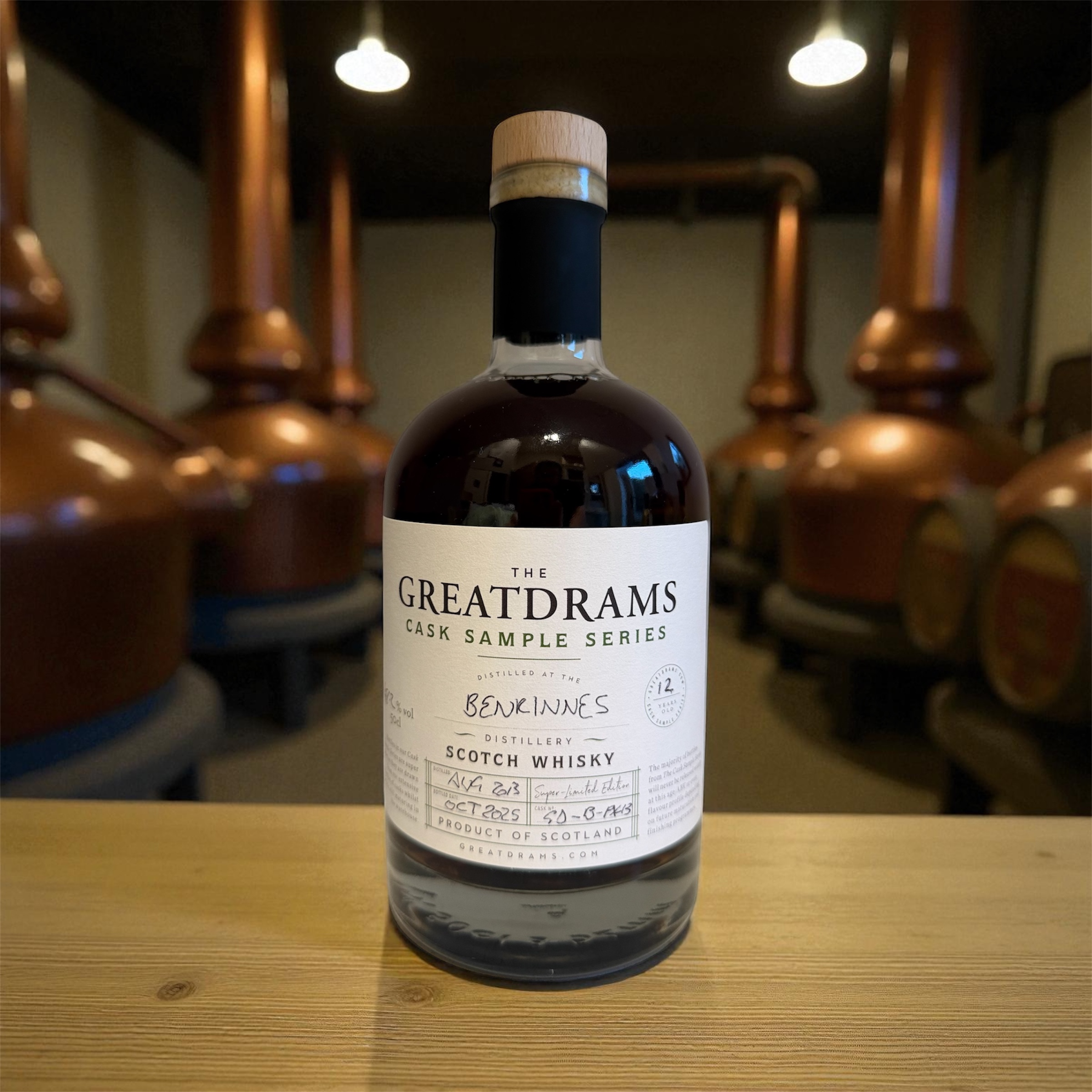
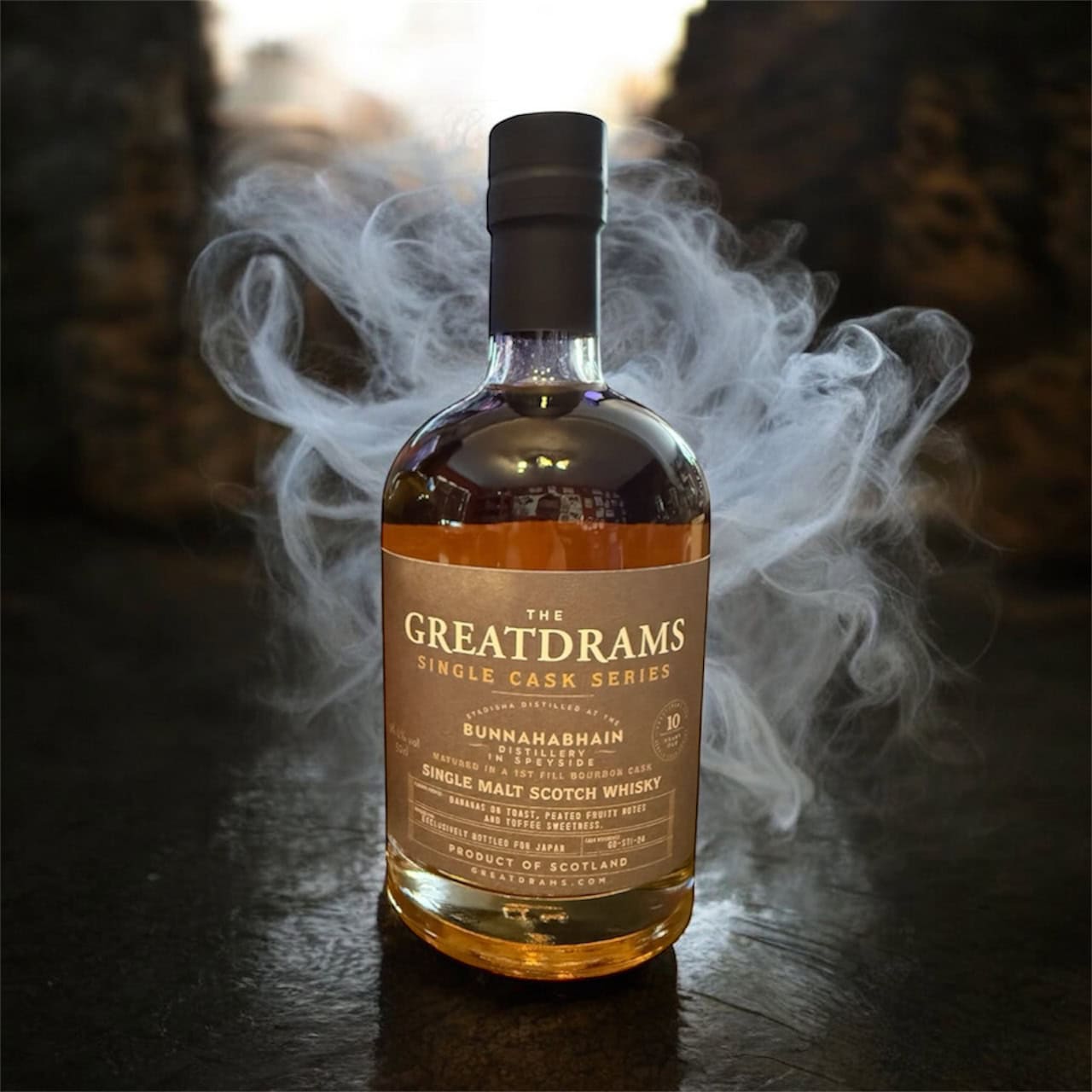

4 thoughts on “Scotch Whisky: Blagging It.”